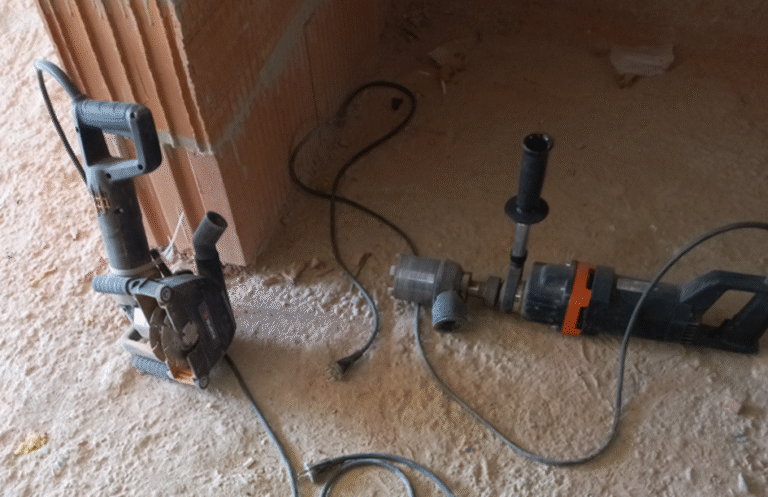Silica dust inspection campaign in mining and construction sector
Last update June 2, 2025
Overview
Related carcinogens:
Respirable Crystalline SilicaType of intervention(s):
Inspection campaignNumber of inspections undertaken:
2171 inspections during the campaignDuration of campaign:
2 year campaign, 2021-2022Scope of intervention
Key duties
Key duties under CMRD legislation
Focus of the Campaign
Consulting and focus on low-dust (dust-free) working methods on mining and construction sites.
2 Phases: 1) Implementation Phase I
2) Impact monitoring phase II and comparison between Phase I and II
Focus: reducing or avoiding respirable crystalline silica
1) Raising awareness
2) Implementing technical protective measures
3) Improvement of networking
4) Prevention of occupational diseases
Key findings of intervention
Positive findings
Improvement between the two phases of:
- Awareness that respirable crystalline silica is classified as a hazardous chemical agent and has carcinogenic potential for humans
- Determination of the exposure of workers to mineral dusts - Dust concentration measurements
- Compliance with the legal requirements for the evaluation of working materials
- Risk assessment dust
- Availability of health and safety documents in the workplace
- Protocols on dust concentration measurements in use
-) Protective and technical measures to reduce and prevent dust exposure - Positive examples of working practices in companies
- technical measures to ensure that the limit values for respirable crystalline silica are permanently not exceeded
- Safety and health plan according to Art. 5 (b) of Directive 92/57/EEC has to contain measures against the chemical agent respirable crystalline silica
- Information on mineralogical composition in the safety and health documents
Key outcomes following intervention
- Increases in compliance with the legal requirements for the evaluation of working materials.
- Improvement in the implementation of protective and technical measures to reduce and prevent dust exposure.
- Best practice examples
Level and type of enforcement issued
- Verbal advice
- Written advice
- Improvement notice
Key EU legislation
- CMRD
 .
.
 .
.
